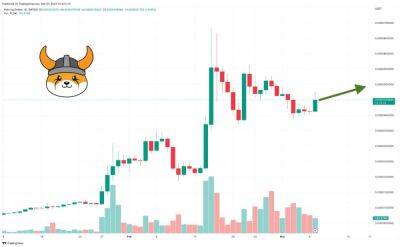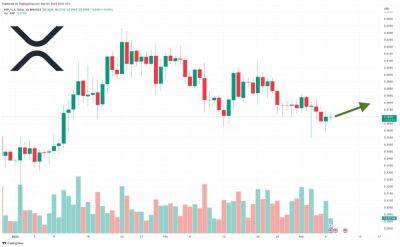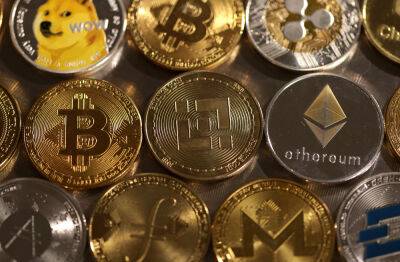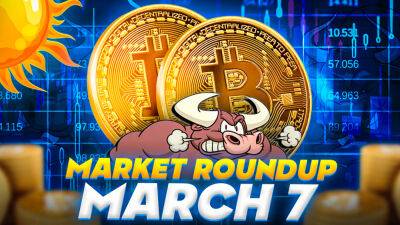PCE Price Index and what to expect from the crypto market in March
Inflation rose in January, which could push the Fed to continue hiking rates, potentially impacting the crypto market. According to the Bureau of Economic Analysis (BEA), a U.S. government agency, the Personal Consumption Expenditure (PCE) Price Index increased by 0.6%, up 4.7% from a year ago.
Read Bitcoin’s [BTC] Price Prediction 2023-24
The Fed reportedly prefers the PCE over the Consumer Price Index (CPI) to gauge inflation. One of the main reasons behind PCE preference is its broader scope and ability to gauge the economy’s strength.
I t also tracks how price changes influence spending behavior. Additionally, the PCE Price Index (PCEPI) tracks price changes and inflation over time.
On the other hand, CPI doesn’t factor in the difference in spending patterns across households and hardly accounts for price changes in rural or remote settings.
That said, it is worth noting that PCE and PCEPI rose by 1.8% and 0.6%, respectively, in January. It implies that the Fed could be put in a position to consider hiking rates further, thus confirming the higher-for-longer rate narrative that spread market uncertainty in the past few days.
U.S. equities markets already closed in the red on Friday (24 February), as bearish sentiment swept the market. According to Google Finance , Nasdaq and S&P 500 declined by 1.69% and 1.05%, respectively.
Source: Crypto total market cap on TradingView
The crypto markets were in the red too. Bitcoin (BTC) saw over $45 million worth of long positions wrecked in the past 24 hours, according to Coinalyze.
Additionally, BTC dropped below $24K, and the overall crypto market cap fell by over 3% in the same period, according to Coinmarketcap.
Collectively, the crypto market has dropped from
Read more on ambcrypto.com













![Crypto market can witness another crash if Bitcoin [BTC] drops below.. - ambcrypto.com - city Santiment](https://gocryptonft.com/storage/thumbs_400/img/2023/3/7/90336_bmv.jpg)




